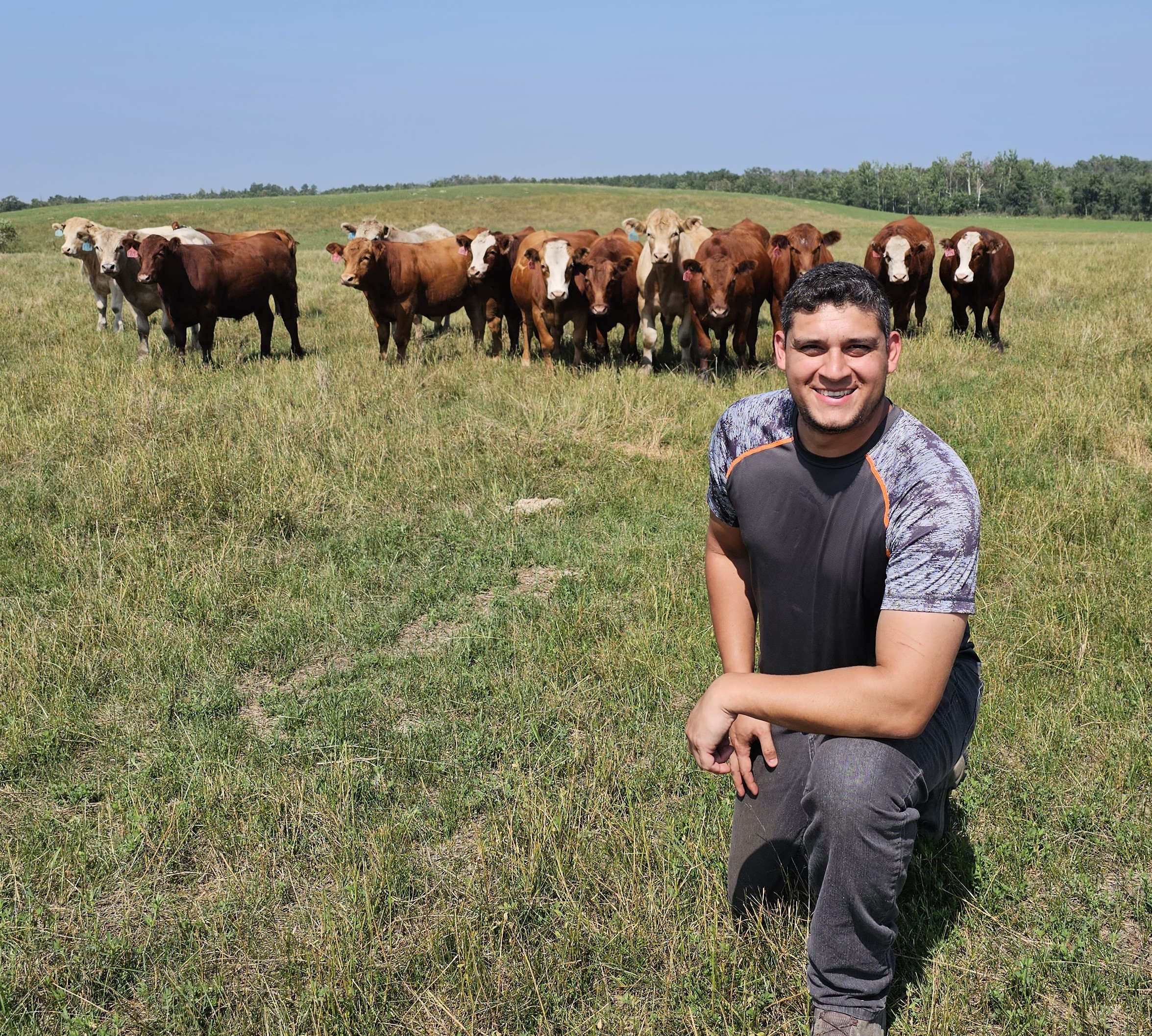Static evaluation of a virtual fence collar: precision and accuracy relative to a conventional GNSS collar across habitats
Published in Animal Biotelemetry, 2025
Recommended citation: Bork, E.W., Lopes, S.G., Harland, A.J. et al. Static evaluation of a virtual fence collar: precision and accuracy relative to a conventional GNSS collar across habitats. Anim Biotelemetry 13, 21 (2025).
Abstract
Geolocational data on animal distribution are important for many purposes, including tracking animal location, activity, welfare, and the selection of different habitats. While conventional GNSS collars used for spatial geolocation are often expensive, alternative technologies for geolocation are becoming more available, and include those used for virtual fencing (i.e., confinement without physical fencing), and may offer a low-cost, dual-purpose option to collect large amounts of data on animal distribution. This study compared the precision and accuracy errors of a conventional GNSS collar intended primarily for geolocation (Lotek LiteTrack 420) to that of a virtual fencing (VF) collar (Nofence), including the effect of different habitats across the landscape.Static field tests over a 3-day period in May of 2024 showed that Nofence collars had similar or greater accuracy, but consistently greater precision, relative to Lotek collars. These improvements coincided with increased satellite acquisition. The precision and accuracy of both collars also varied over time, including between days of observation and even within days, and were reduced in forested habitats relative to shrublands and grasslands where obstructive canopy cover was greater.We conclude that Nofence collars can provide equivalent or superior precision and accuracy to that of a conventional GNSS collar designed for animal geolocation. As a result, Nofence VF collars provide dual utility, and at a lower initial capital cost, providing benefits to both researchers and practitioners.
